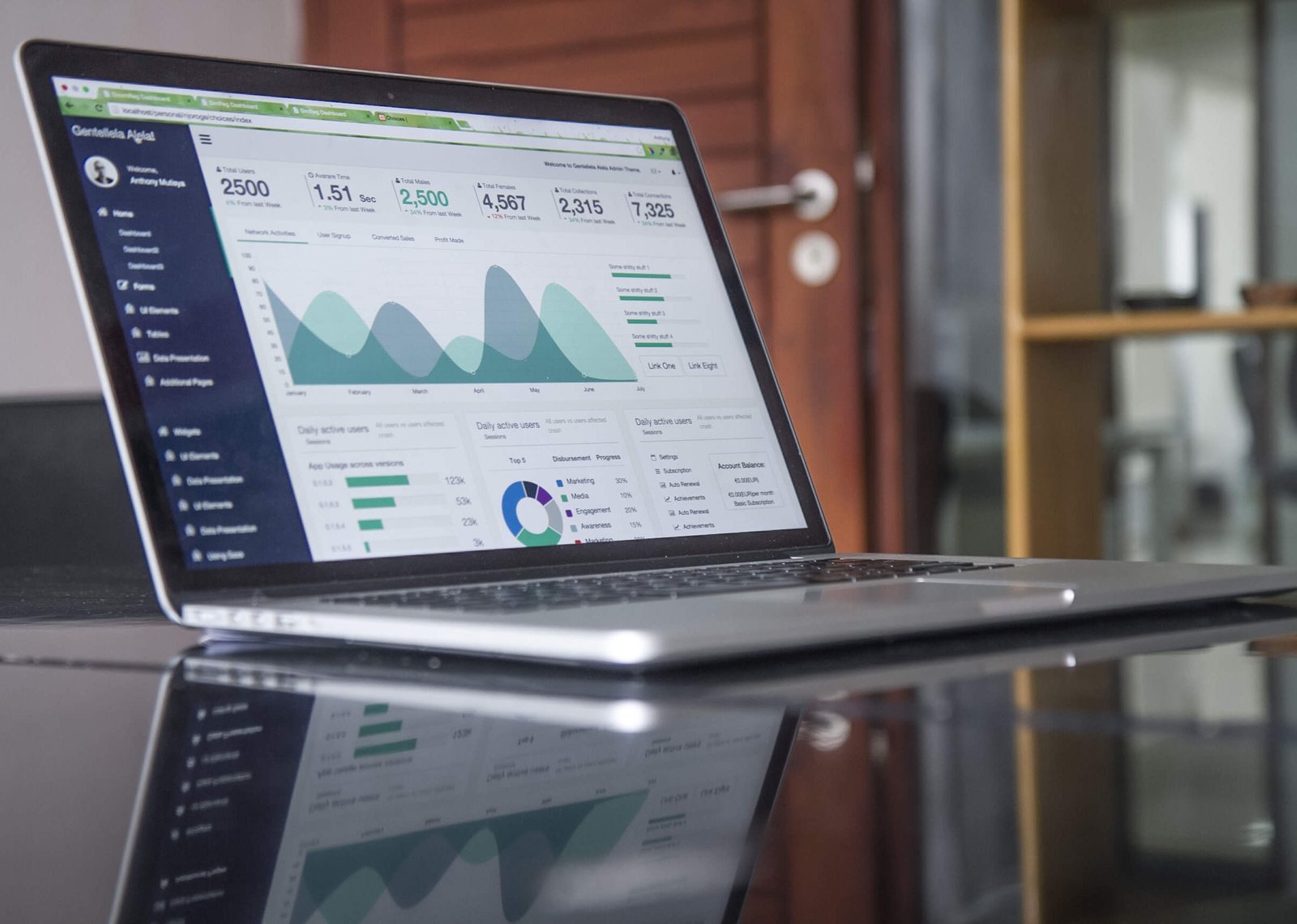Introduction
In today’s digital age, the amount of data being generated is growing at an unprecedented rate. As a result, businesses are faced with the challenge of effectively managing and analyzing this vast amount of information. This is where data analytics comes into play. Data analytics is the process of examining large sets of data to uncover patterns, correlations, and insights that can drive informed decision-making.
The Evolution of Data Analytics
Data analytics has come a long way over the years. Initially, it was limited to simple data analysis techniques such as basic statistical analysis and reporting. However, with the advent of big data, the field has expanded to include more advanced methods and technologies.
1. Machine Learning
Machine learning is a subset of artificial intelligence that focuses on the development of algorithms and models that can learn from and make predictions or decisions based on data. With the help of machine learning, businesses can automate the process of data analysis and gain valuable insights in real-time.
2. Predictive Analytics
Predictive analytics involves the use of statistical algorithms and machine learning techniques to analyze historical data and make predictions about future events or outcomes. By leveraging predictive analytics, businesses can anticipate customer behavior, identify potential risks, and optimize their operations.
3. Natural Language Processing
Natural Language Processing (NLP) is a branch of artificial intelligence that focuses on the interaction between computers and human language. NLP enables computers to understand, interpret, and respond to human language in a way that is both meaningful and contextually relevant. This technology has revolutionized data analytics by enabling businesses to analyze unstructured data such as social media posts, customer reviews, and support tickets.
4. Data Visualization
Data visualization is the graphical representation of data to help users understand and interpret complex information. With the help of interactive charts, graphs, and dashboards, businesses can easily visualize their data and gain actionable insights. Data visualization plays a crucial role in data analytics as it allows decision-makers to quickly identify trends, patterns, and outliers.
The Impact of Big Data
The rise of big data has had a profound impact on data analytics. With the exponential growth of data, businesses now have access to a wealth of information that can be leveraged to drive growth and innovation. Here are some key ways in which big data has transformed data analytics:
1. Enhanced Decision-Making
Big data analytics enables businesses to make data-driven decisions by providing them with valuable insights and actionable information. By analyzing large volumes of data, businesses can identify trends, patterns, and correlations that would have otherwise gone unnoticed. This, in turn, allows them to make informed decisions that can drive their success.
2. Improved Customer Experience
Big data analytics allows businesses to gain a deeper understanding of their customers by analyzing their behaviors, preferences, and needs. By leveraging this information, businesses can personalize their offerings, improve customer service, and enhance the overall customer experience. This not only leads to increased customer satisfaction but also fosters customer loyalty.
3. Efficient Operations
Big data analytics can help businesses optimize their operations by identifying inefficiencies and bottlenecks. By analyzing data from various sources such as sensors, machines, and systems, businesses can identify areas for improvement and implement strategies to streamline their processes. This can result in cost savings, increased productivity, and improved overall efficiency.
The Future of Data Analytics
As technology continues to evolve, so does the field of data analytics. Here are some emerging trends that are shaping the future of data analytics:
1. Internet of Things (IoT)
The Internet of Things (IoT) refers to the network of interconnected devices that collect and exchange data. With the proliferation of IoT devices, there is an abundance of data that can be analyzed to gain valuable insights. This opens up new opportunities for businesses to optimize their operations, improve decision-making, and create innovative products and services.
2. Artificial Intelligence (AI)
Artificial Intelligence (AI) is revolutionizing data analytics by enabling machines to learn, reason, and make decisions like humans. AI-powered analytics systems can analyze vast amounts of data in real-time, identify patterns, and make predictions with a high level of accuracy. This has the potential to transform industries and drive innovation in ways we have not yet imagined.
3. Data Privacy and Security
As the amount of data being collected and analyzed continues to grow, data privacy and security have become major concerns. Businesses need to ensure that they have robust data protection measures in place to safeguard sensitive information. Additionally, regulations such as the General Data Protection Regulation (GDPR) are being implemented to protect individuals’ privacy rights and impose stricter rules on data handling and processing.
Conclusion
Data analytics has come a long way and continues to evolve with advancements in technology. The latest trends in data analytics, such as machine learning, predictive analytics, natural language processing, and data visualization, are enabling businesses to gain valuable insights and make informed decisions. With the rise of big data, data analytics has become a crucial tool for businesses looking to drive growth, improve customer experience, and optimize their operations. As technology continues to advance, we can expect to see even more exciting developments in the field of data analytics.



































